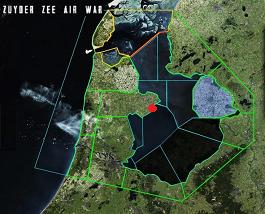
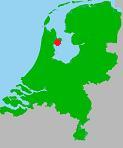
Relation with Lake (class): Lake Casualty Cemetery (LCC)
Total nr. of casualties buried here (TC): 1 end WW2. Today: 1.
Lake casualties, initially, end WW2 (LC-I): 1
Unknown today: 0
of which unknown from Lake (LC-U): 0
of which unknown from North Sea (NS-U): 0
Initial burial site in WW2: yes, Lake Cemetery West side of Lake (LCW)
Post war burial site for collection and reburial from other sites: no.
Cemetery with Lake casualties today: yes (LCW).
BOVENKARSPEL - BROEKERHAVEN
Buried here is F/O Henry Edward Evans. His Stirling LK195 of 190 Sqn (SOE) came down in Lake IJsselmeer (Old Zuyder Sea). Night of 6/7 November 1944. Just south of here, near the dike off Venhuizen. Mission was to drop weapons for the resistance of Kampen (city). After research of 10+ sources, we believe that this is the most correct story on LK195 and F/O H.E. Evans.
They were on route to drop zone (DZ) 'Dudley 3', on the other side of the lake in the North-East Polder, west of Dorp A (now Emmeloord). That DZ was not reached. Five of the crew are buried in Enkhuizen. After the war, in 1946, Evans was found in the tailsection of the aircraft. The smashed tail was recovered by two locals dredging the lake bottom on the crash site for scrap metal. They sailed Evans remains to the nearest small port (Broekerhaven) and he was buried on the general (protestant) cemetery of Bovenkarspel. A monument was erected on his grave, see photo's below. At the dike a monument for the crew was reveiled on 6th Nov. 1947, in presence of a RAF officer.

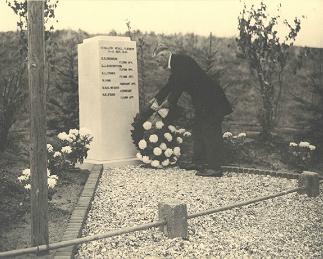
Dutch name cemetery: Bovenkarspel Protestanse begr. pl.
Full name: Bovenkarspel General Cemetery
Address (usable for car navigation):
Broekerhavenweg, corner Spoorsingel (at the railroad crossing), community Stedebroec.
For reaction or comments; send us an email,
see address and info at CONTACT.
Please use as subject title: 'Bovenkarspel'.
The mission to Dudley 3.
Four Short Stirlings of 190 Sqn took off from RAF Fairford on November 6th 1944, destined for drop zones in Holland. Three came back, LK195 did not. Pilot was F/O Edwin Hodgson (from Canada). He flew his first weapon-dropping mission. A week before, night 1/2 November, he had flown the same route as 2nd pilot, also (unsuccessful) to Dudley 3 [1]. The entry point into Holland was Schoorl. From there route led east over West-Friesland, a quiet agricultural region with no Germans or Flak. There lay (as a result) a number of drop zones (DZ), such as 'Martini', 'Mandrill', 'Oliver', 'Sally' & 'Laloe'. For this mission they used this safe area as corridor towards the Zuyder Sea.
Resistance man and eyewitness Frederik Luider was busy on DZ 'Laloe' near Venhuizen with containers that were dropped the night before. He heard LK195 fly over towards the lake, fast and low, which was common to avoid German radar. But when the huge aircraft flew over the dike, he heard a heavy thud from the other side [2]. It was not uncommon SOE procedure to lower a bit in altitude over water. In 1943 a 161 Sqn SOE Halifax came back from Lake IJsselmeer with 2 damaged portside propellers due to contact with the surface [3]. Apparently LK195 undershot and in combination with the instant higher level behind the dike (the water level is 4 meters higher than the surrounding land), the aircraft hit the water and flipped over, killing the crew.
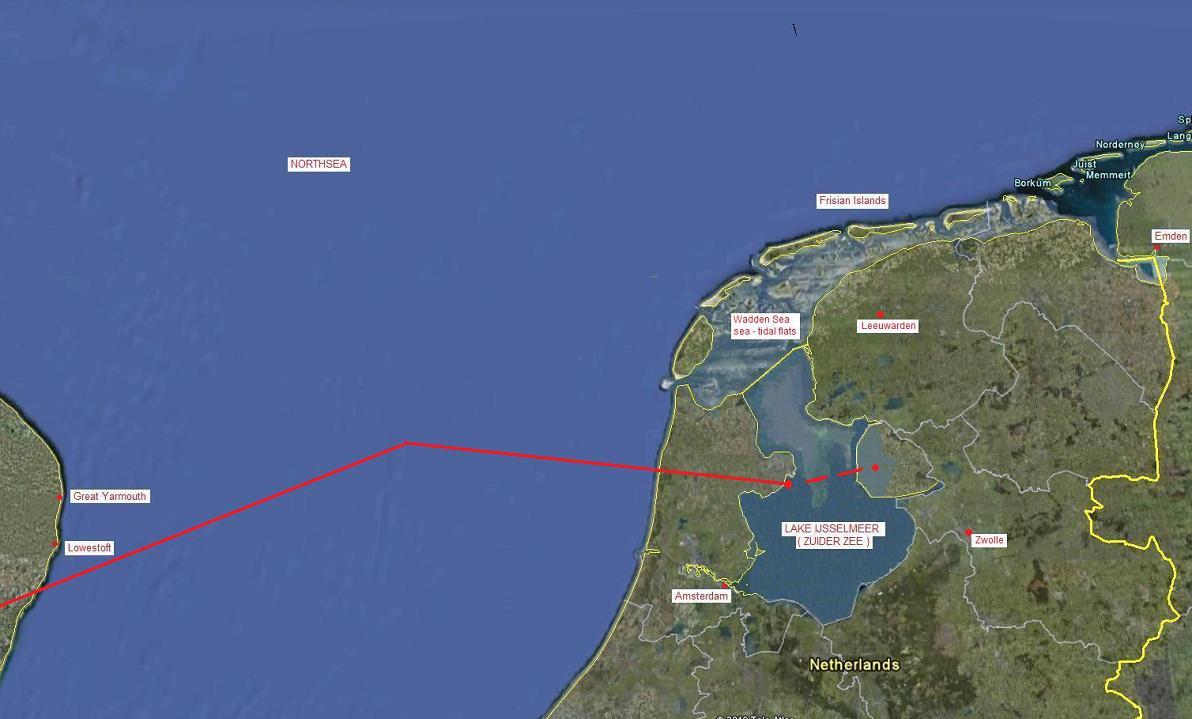
The route
The red line shows the route flown and the crash position in the lake near Venhuizen. The planned dotted line over the lake and to DZ 'Dudley 3, on the swampy west side of the North-East Polder, was never followed or reached.
In a rowing boat to the wreck, holding off German patrol
When the aircraft crashed in the sea at Venhuizen, Frederick Luider ran to the farm of resistance leader Commandeur to break the news. He organized some men to guard the road. In a rowing boat and despite the darkness, they managed to get some weapon containers out of the wreck [2] . But then a group German Wasserschützpolizei (Water police; Waffen SS, including Dutch collaborators) arrived on bicycles from Enkhuizen (their base). A gun fight broke loose, but the Germans where held back. The recovery was stopped only just before. The resistance men retreated. Later an open vehicle from Hoorn arrived with German soldiers, but they passed the spot and searched the other (east side) of Venhuizen only [4]. Next morning the wreck was discovered by the German patrols on the water and dike. The Stirling was in only 3 meters of water.
Dudley 3
Drop Zone 'Dudley 3' was a swamp area with high reeds and no roads, only small canals. It lay west of kamp Emmeloord along the Espelervaart (canal). The widely spead 17 weapon containers (300 kg each) had to be assembled and transported on barges in the night of the drop. The receiving group from Kampen was in the field under command of Mr. W. Soetendal. On 24/25 October 1944 they had received the first delivery, on 1/2 and 6/7 November they waited in vain (now we know why) and on the 15/16 November they received their second shipment [5].
1987-1991
In 1987 the crash site was rediscovered and investigated by local divers. They found 2 damaged weapon containers including content. Because some material was sold in Amsterdam pubs, the divers were eventually arrested. In 1991 the Dutch government had to clean the location and recovered the last items from the bottom [6].

Unique airwar grave monument, General (Protestant) cemetery Bovenkarspel.
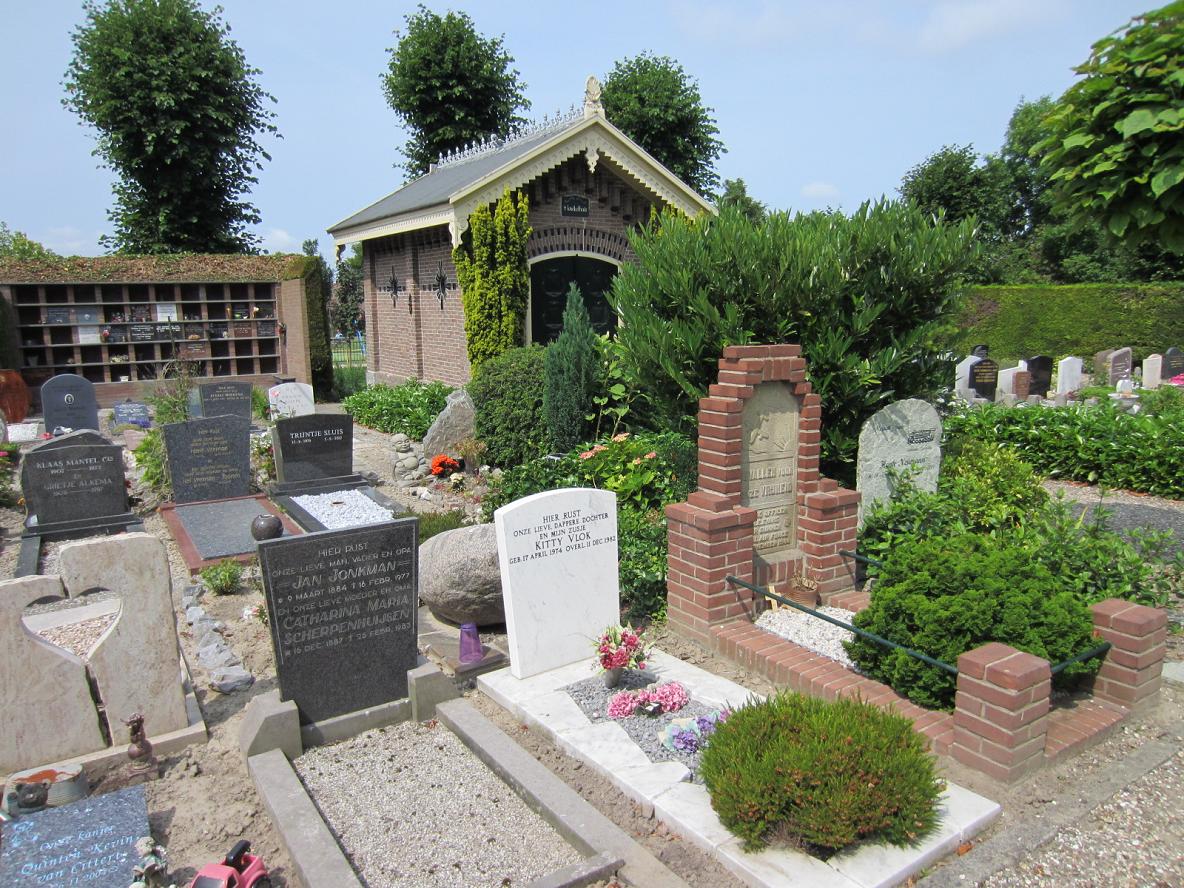
The monument reads "FALLEN for our FREEDOM"
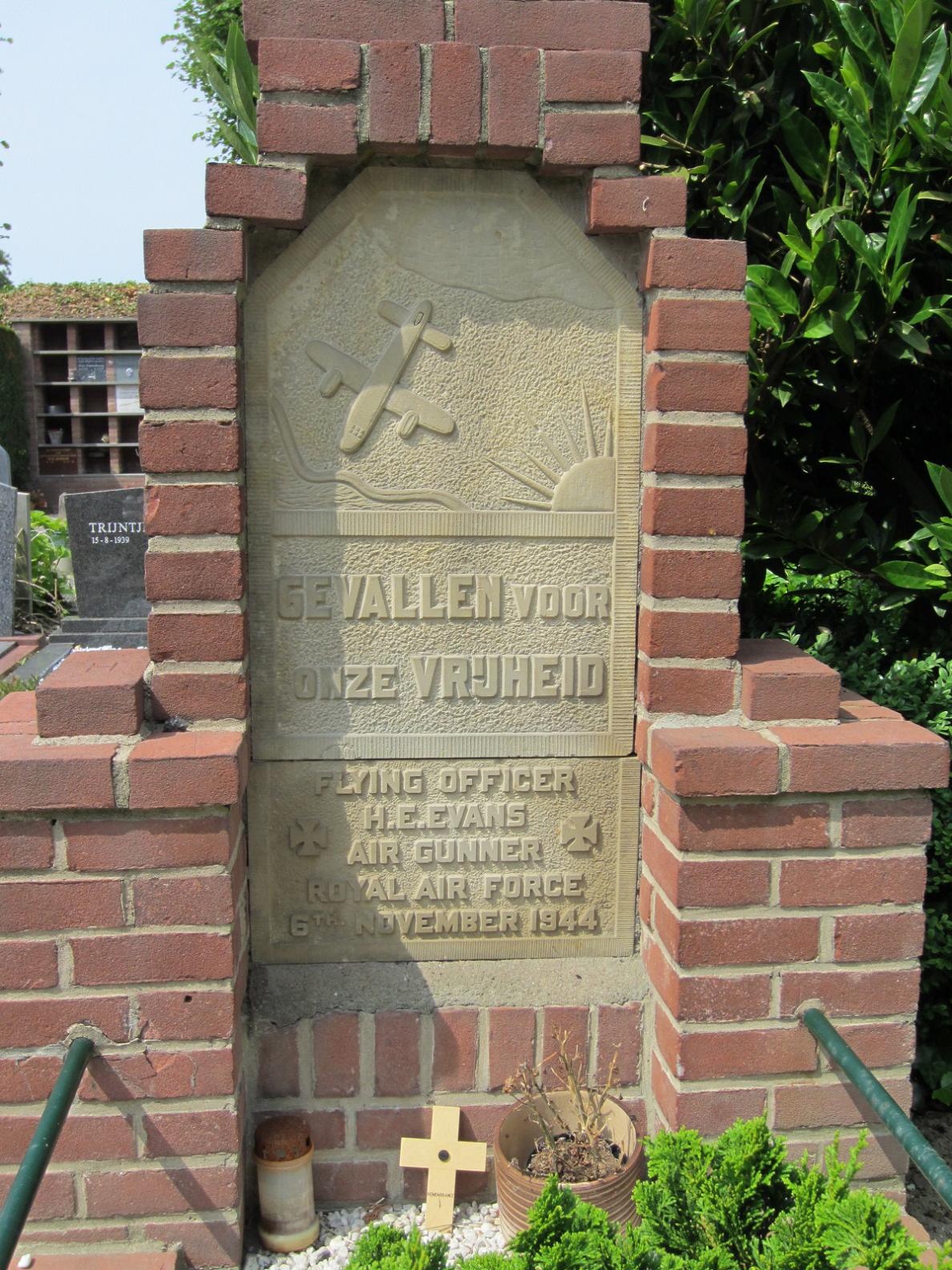
Sources:
- 1. Book 'Stirlings in action with the airborne forces', by Dennis Williams, page 209. 2007.
- 2. TV-interview 'TVNH monumenten vertellen' with Piet Luider - Venhuizen, May 2013.
- 3. Book 'En nooit was het stil', part I, page 539, by Gerrit J. Zwanenburg, 1999.
- 4. Westfries Genootschap, Kroniek van een knokploeg, 1994.
- 5. Book 'De bevrijding van het Nederlands Onderduikers Paradijs', by Aaldert Pol, Museum Schokland, 1995.
- 6. Various Dutch newspaper articles 1989-1991.
© ZZairwar (Zuyder Sea Air War). September 2013.
File 926. Bovenkarspel (Broekerhaven) Prot. Cemetery War Grave
- Details